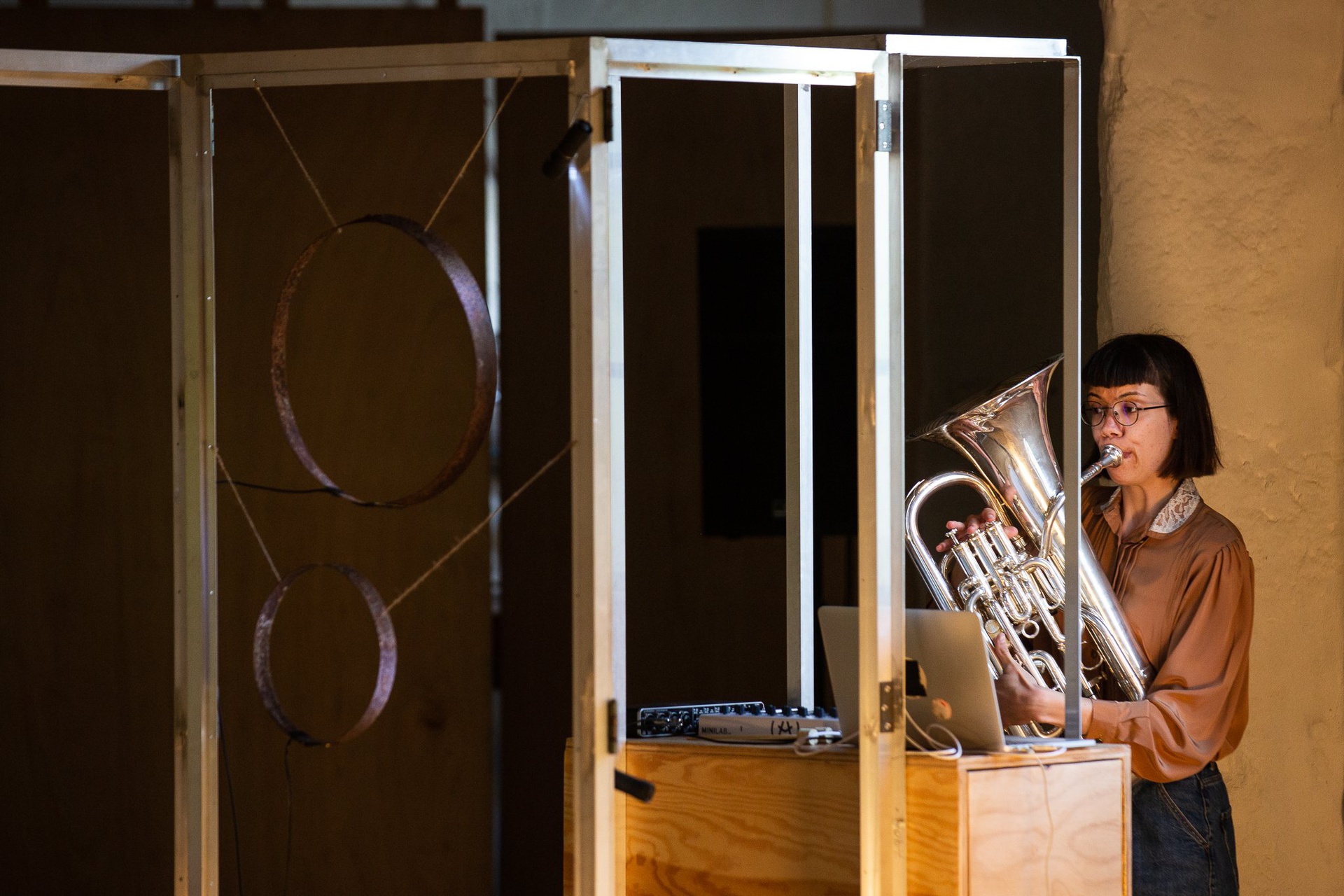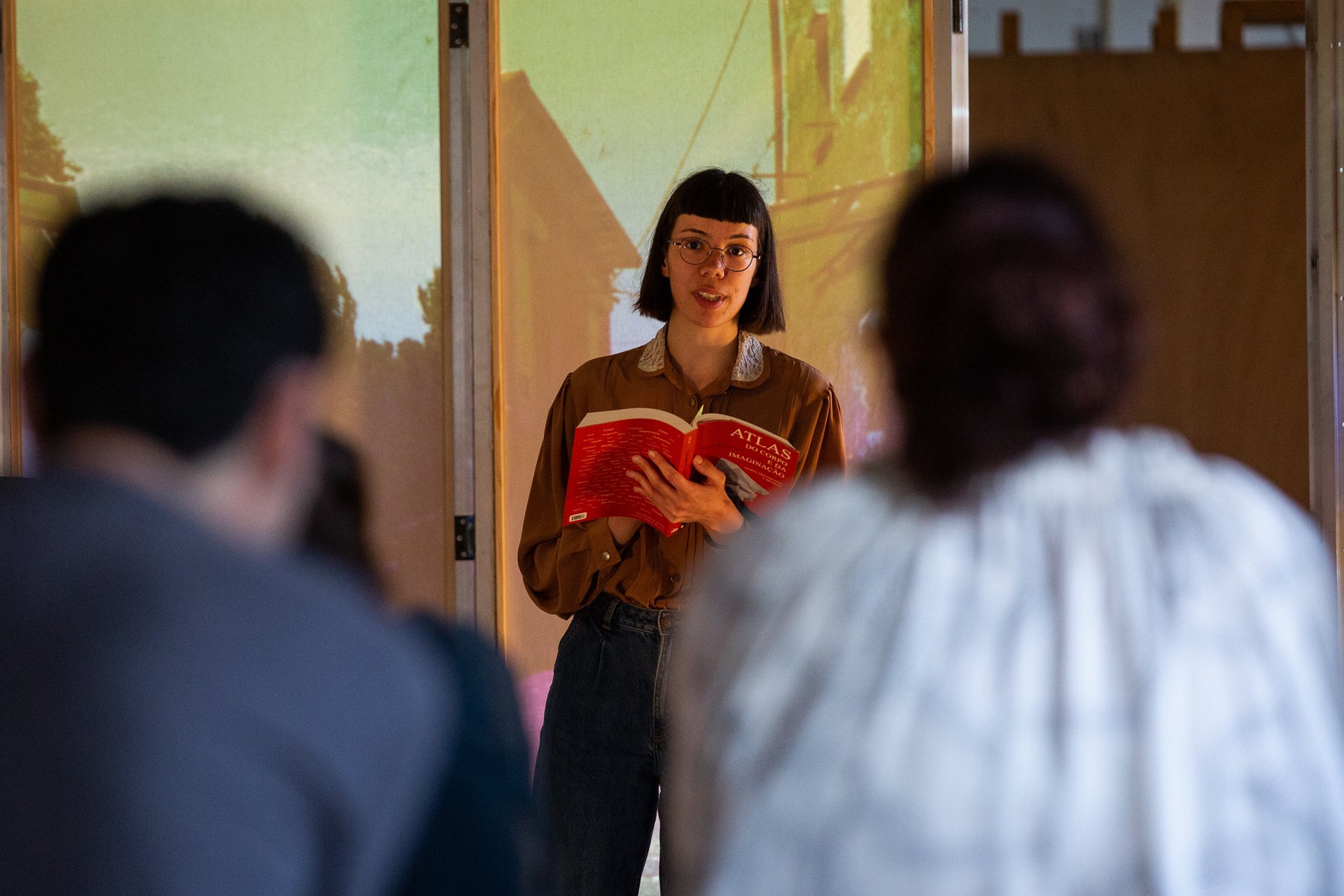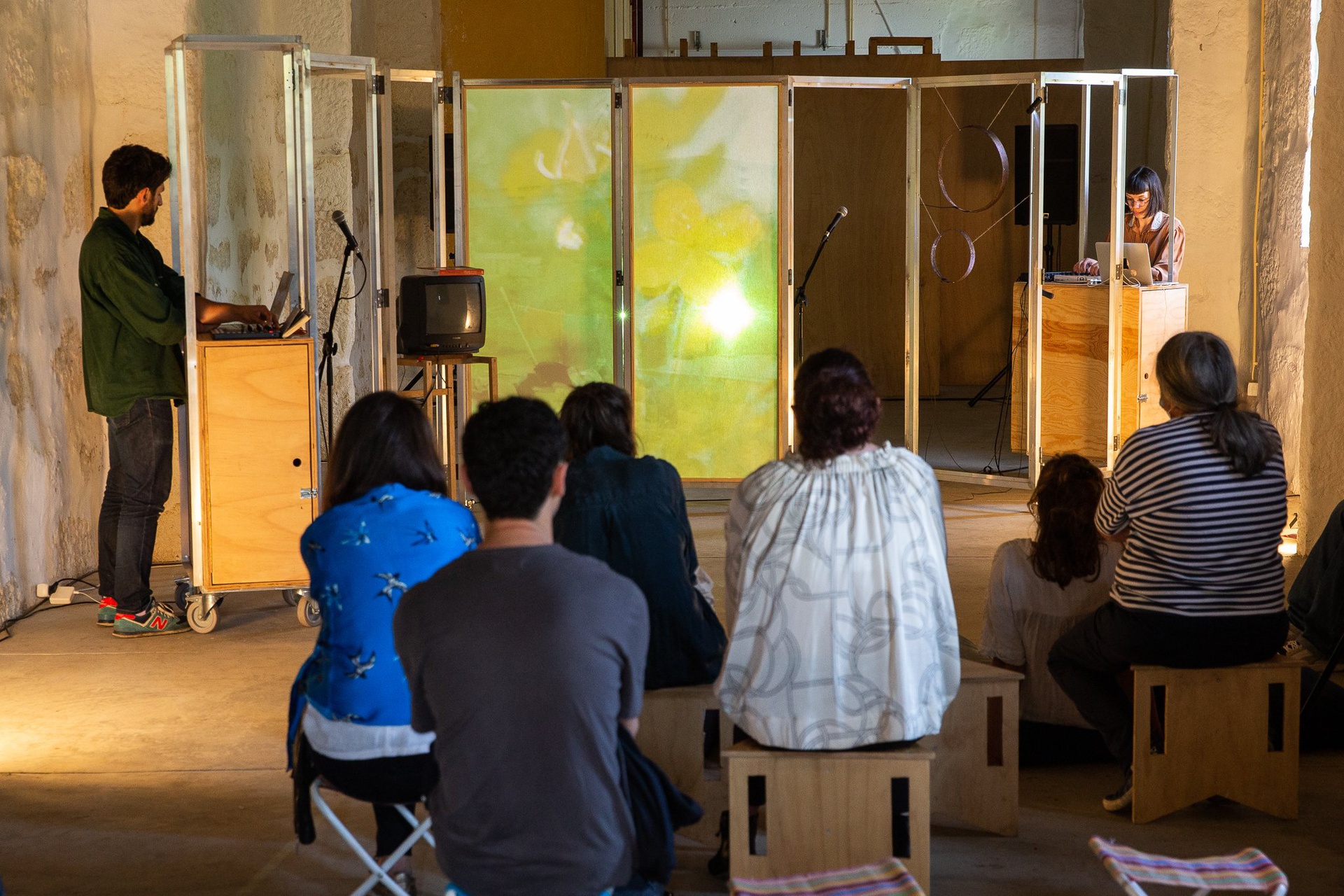#Satellite
Póros
A plural city is a place that welcomes flows, exchanges and contacts between multiple communities. It is a regenerative space that summons humans and more than humans to a debate around paths, of transgression and imagination, with a view to the (re)definition of other possible ontologies and cartographies. More than human thinking helps to reshape how the city can be conceived, beyond the current human-centered perspective, so that it can be designed, governed and lived as a biodiverse and ecocentric place. This intervention, as part of a broader action, explores the convergence between political action and ecology, and its potential to reposition a deep reflection on alternative patterns of being, doing and living in neighborhood.
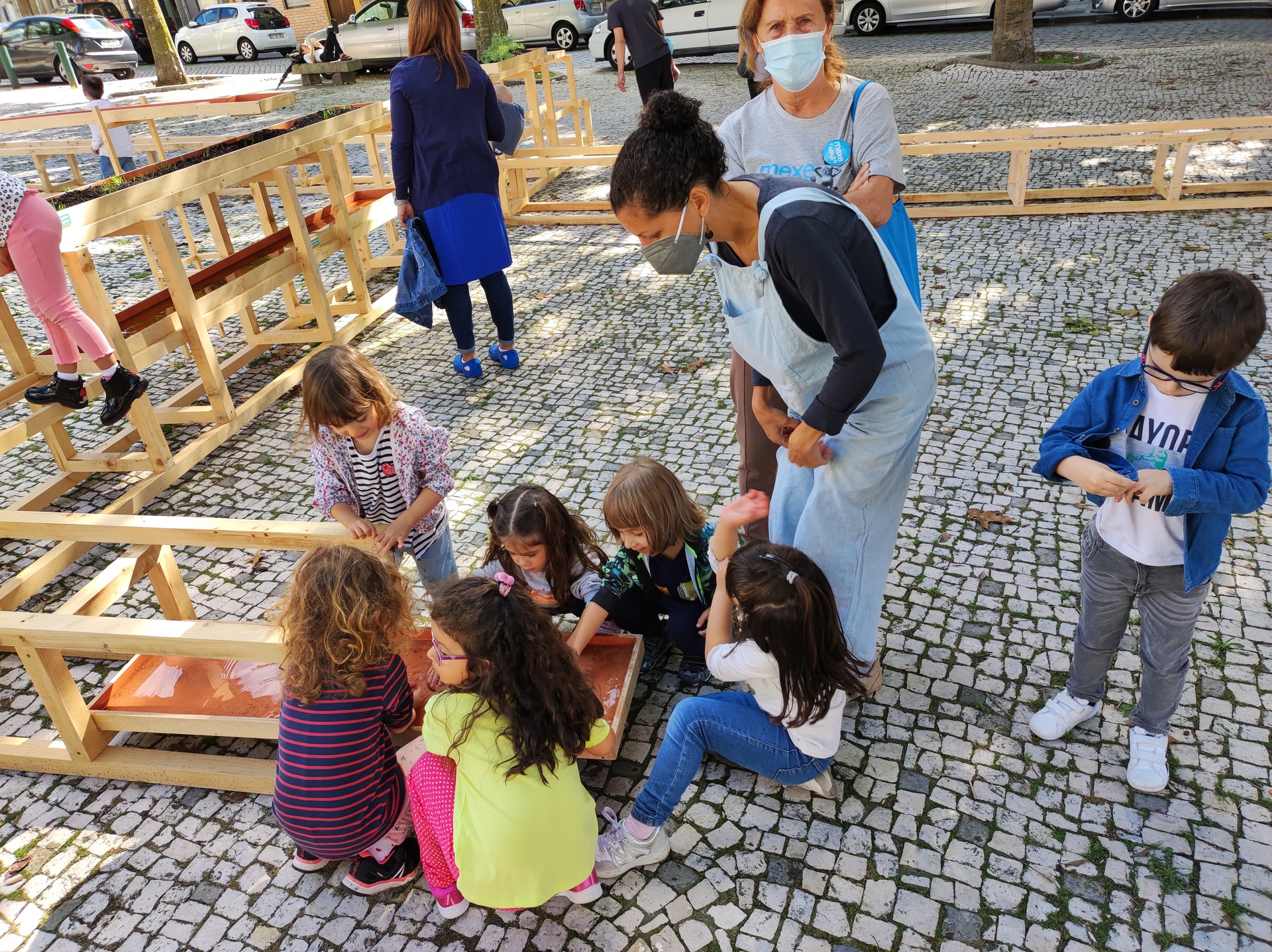
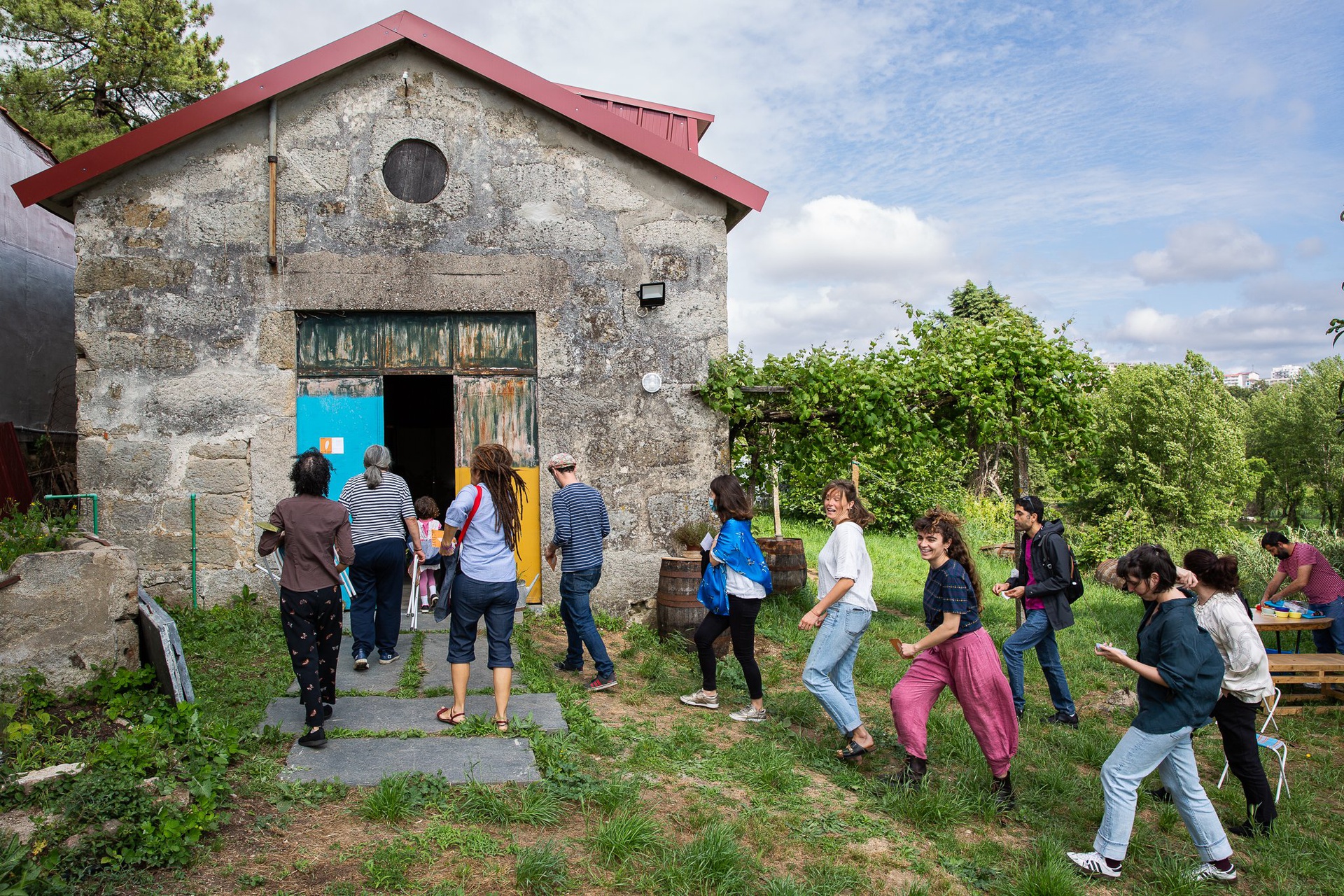
Achar
The encounter is the first form of relationship.
Love, politics, territory, migration, spectacle, history, chance.
A place is an island...
A creation by João Miguel Ferreira and Inês Luzio, developed as an artist residency.
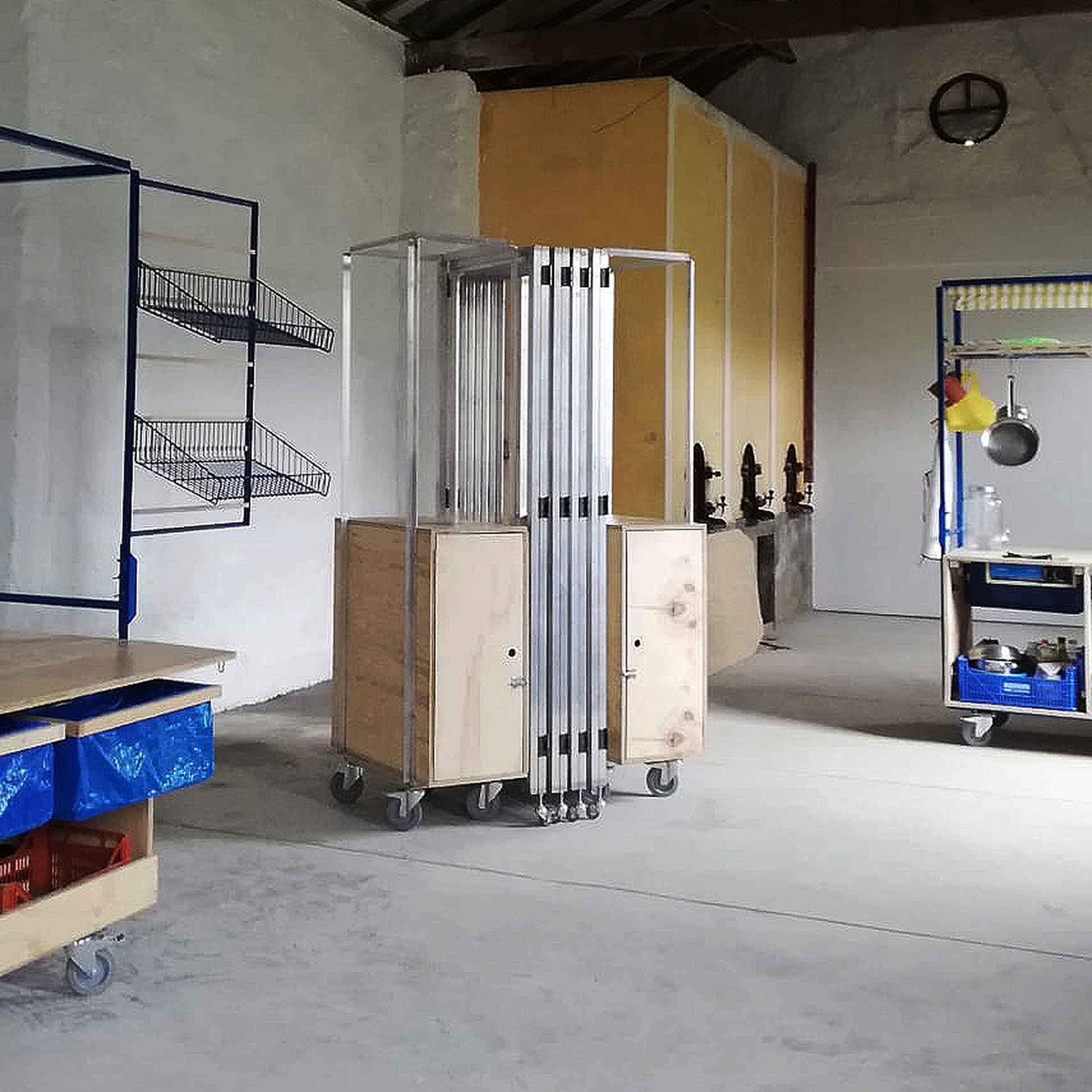
Satellites
Pele, in collaboration with Coletivo Suspeito and Artworks, created 3 nomadic modules - Workshop, Kitchen, Presentation - capable of occupying and being activated in multiple centers.
“Corpus: a body is a collection of parts, pieces, members, zones, states, functions. Heads, hands and cartilage, burns, softness, emissions, sleep, digestion, horripilation, excitement, breathing, digesting, reproducing, recovering, saliva, runny nose, twists, cramps and grains de beauté. It is a collection of collections, corpus corporum, whose unity remains a question for itself. Even as a body without organs, it has a hundred organs, each of which pulls on one side and disorganizes the whole that never comes to a total.
Jean Luc Nancy
Starting from the concept of the body as a collection of pieces, we aim to create three nomadic, porous and multifunctional structures. A body- collection capable of manifesting itself as a trilogy, but also through the autonomy of its parts.
Each one assumes different functions, acting as an extension of the public space, welcoming and proposing different proposals for listening, creation and artistic programming. A collection body, and a collector of experiences.
Expedition
In collaboration with the children of Cercar-te Project, Pele oriented a workshop to activate the Kitchen structure where, through unlearning and performative games, an expedition to collect food products in the city's Oriental Park and its subsequent confection took place.
feminine noun/ from Latin expeditio.onis
Sea or land travel to a certain region for a political or scientific purpose.

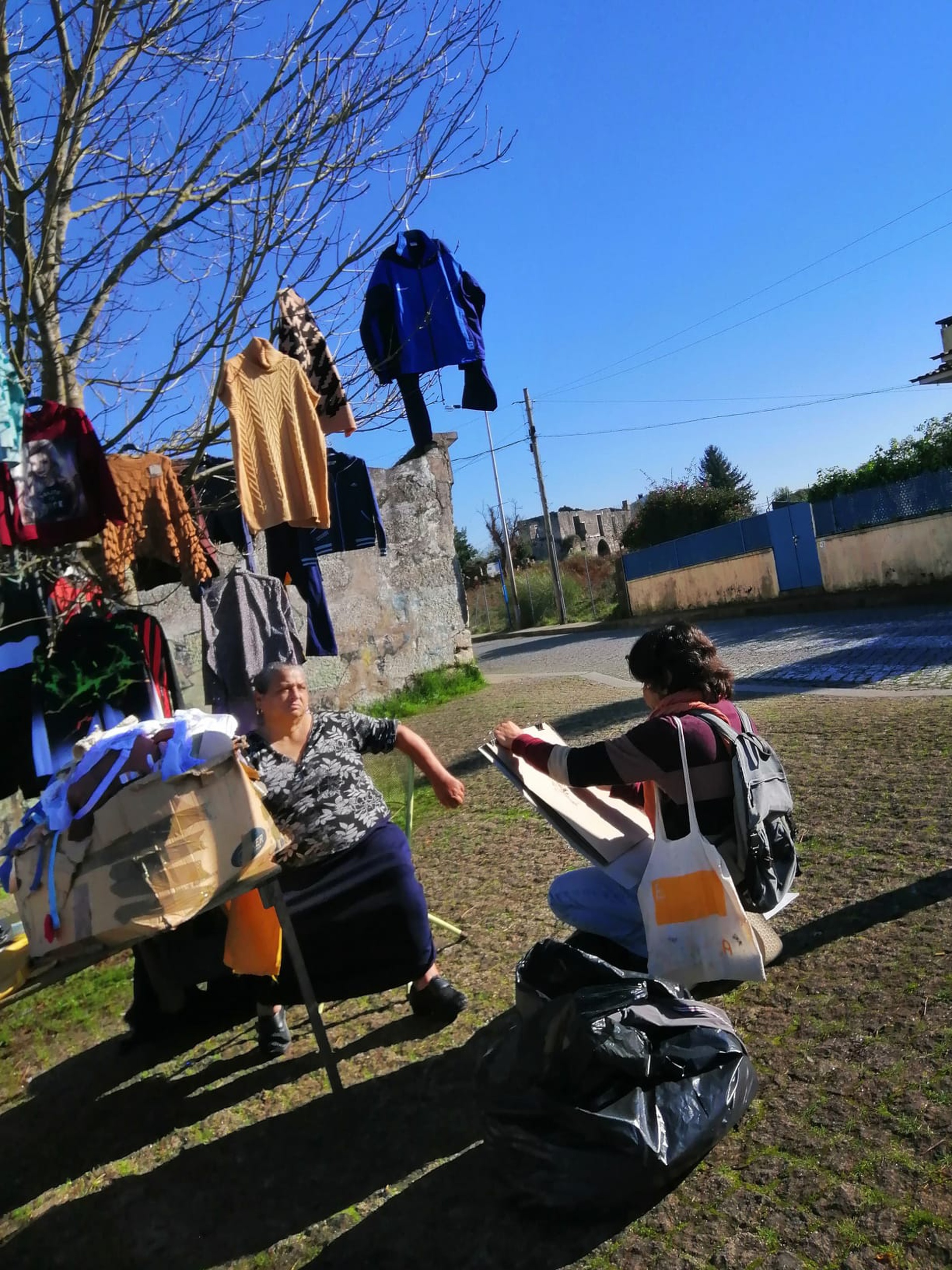
Portraits of Azevedo
Artistic Residency for ethnographic mapping with João Paulo Lima, where drawing was assumed as a mediating and exchange instrument between the residents of Azevedo and the artistic team of the project.
(...) exchange with reciprocity and welcome interest and disinterest, the spontaneous bond and not the obligation, the free and unpaid, the consensus and the conflicts, the risk, the uncertainty, the unpredictable... here they become fertile fields for horizontal sharing, for “win-win” relationships, for the creation of common places, for the activation of other ways of being and being in collectivity.
Therefore, the meaning of privileged exchange in the azevedo program is located in a symbolic/cultural dimension and has as key elements respect, reciprocity and the permanent construction of trust in interactions. In this web of relationships and exchanges, while transparency is the support, words and attitudes are part of the fundamental “contract” between all the actors involved.
Lucelina Rosa
Retratos de Azevedo emerged as a strategy to bring the residents of Azevedo together for their participation in the azevedo project. Since this is a community strongly marked by the accumulation and concentration of problems of social exclusion and disintegration, this activity proposed an empathic approach that privileged the “act of exchanging” as an experience of dialogue. In this context, the meeting, listening, caring, temporality and commitment were assumed to be inseparable elements of social and community recognition. Thus, an invitation was made to local merchants to act as ambassadors for the project, portraying them and using these drawings for the first pieces of communication. In a second phase, wanderings through the public space enhanced the intersection with residents, and the act of portraying them led us to conversations around eating habits, modes and spaces of production, needs, opportunities and realities of the territory and resident communities. Each person portrayed could synthesize their information on a sheet of paper and later exchange it for the drawing. An “act of exchange” as a possible preamble...




